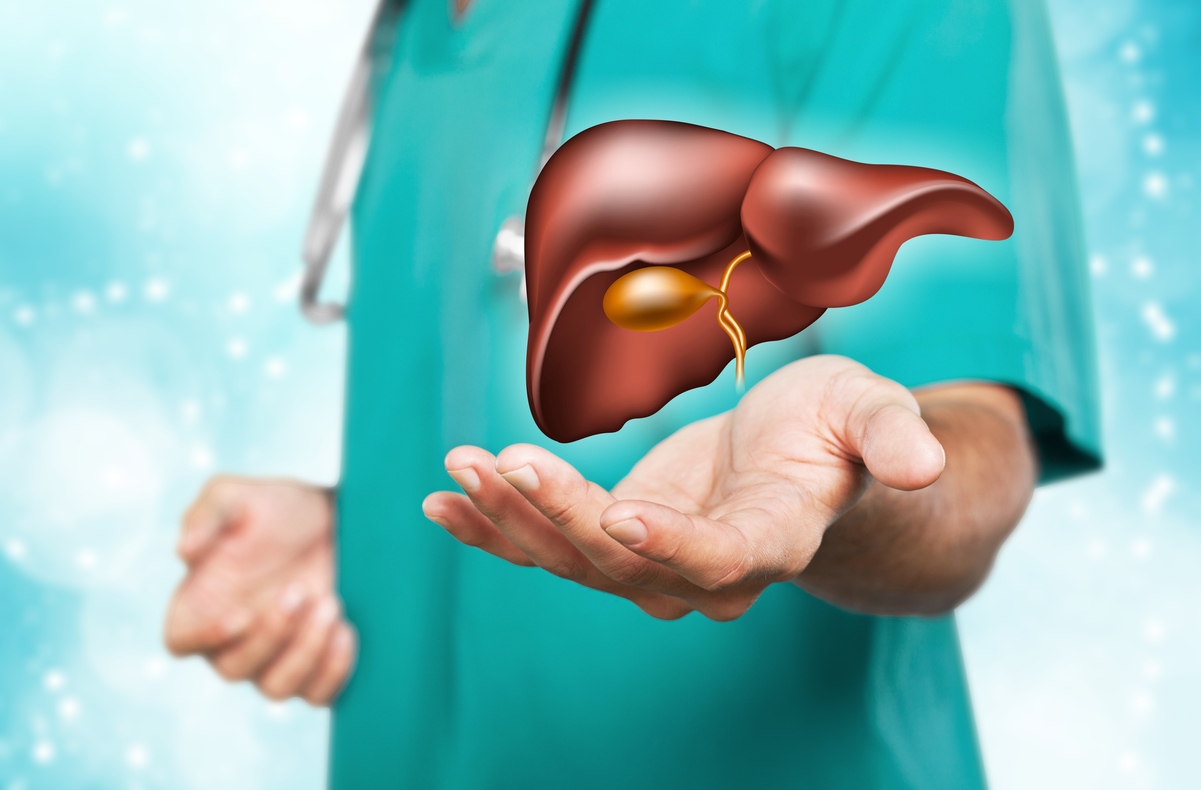Introduction
Although gout and diabetes are distinct health conditions, recent studies indicate that they are more interconnected than previously thought. Both conditions share several lifestyle and genetic risk factors, which means that having one could increase the likelihood of developing the other. This article provides an in‑depth exploration of the basic concepts behind both diseases, the potential mechanisms linking them, shared risk factors, and effective strategies for prevention and management.
Understanding Gout and Diabetes
Gout is a type of arthritis caused by the accumulation of uric acid in the blood. When uric acid levels become too high, crystals form in the joints—most commonly in the big toe—leading to intense pain and inflammation. In contrast, Type 2 Diabetes is characterized by the body’s inability to produce enough insulin or effectively use the insulin it produces, resulting in chronically elevated blood sugar levels and a host of metabolic complications.
The Connection Between Gout and Diabetes
The exact mechanism linking gout and diabetes remains under investigation, but several factors have been identified that may serve as common ground between these two conditions:
- Inflammatory Response
Gout attacks trigger significant inflammation, and inflammation itself is believed to contribute to the development of diabetes by impairing the body’s ability to use insulin properly. - Uric Acid Levels and Insulin Resistance
Research shows that many individuals with Type 2 diabetes have elevated uric acid levels. Excess body fat can lead to higher insulin production, which may hinder the kidneys’ ability to eliminate uric acid. Studies suggest that every 1 mg/dL increase in uric acid could raise the risk of diabetes by about 20%. Additionally, data indicate that women with gout are at a 71% higher risk of developing diabetes, while men face a 22% increased risk.
Shared Risk Factors
Several factors increase the likelihood of developing both gout and diabetes:
- Obesity or Overweight
Excess body fat is a common risk factor that contributes both to insulin resistance and elevated uric acid levels. - Excessive Alcohol Consumption
While moderate alcohol intake might offer some benefits, too much alcohol can disrupt insulin regulation and impair kidney function, thus increasing the risk of both conditions. - Family History
A familial history of gout or diabetes significantly heightens one’s susceptibility to either condition. - Other Health Issues
Conditions such as high blood pressure and high cholesterol often coexist with gout and diabetes, further compounding overall health risks.
Prevention and Management Strategies
Effective management of gout and diabetes revolves around maintaining balanced uric acid and blood sugar levels. Here are some actionable strategies:
- Adopt a Healthy Diet
Focus on a diet that is high in fiber yet low in fat and calories. Emphasize fruits, vegetables, and whole grains while limiting red meats, shellfish, sugary foods and beverages (especially beer). Incorporating low‑fat dairy products may also help reduce the risk of gout attacks. - Maintain a Healthy Weight
Reducing excess body fat can improve both insulin sensitivity and uric acid metabolism. However, avoid crash diets or extreme fasting, as rapid weight loss might lead to temporary spikes in uric acid. - Engage in Regular Exercise
Aim for at least 30 minutes of moderate activity each day. Regular exercise not only helps with weight management but also improves overall metabolic health. - Manage Coexisting Health Conditions
If you suffer from high blood pressure, high cholesterol, or kidney disease, managing these conditions with professional guidance is essential to lower the risk of developing gout or diabetes.
Conclusion
While gout and diabetes have different origins, they share many common pathways—particularly in terms of inflammation and metabolic dysregulation—that make them more likely to occur together. Through a combination of a balanced diet, regular physical activity, effective weight management, and proactive control of other health issues, it is possible to significantly reduce the risk of developing either condition. This comprehensive guide aims to empower readers with the knowledge and practical steps needed to better manage their health.












